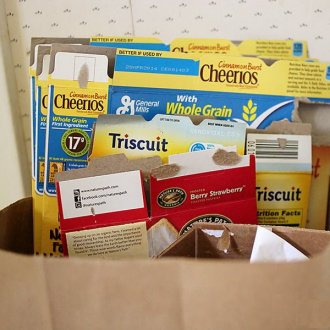
 Paperboard and other fibre formats are readily understood to be recyclable by consumers, making these an increasingly popular option for retailers and major FMCG companies seeking to make their packaging portfolios more sustainable.
Paperboard and other fibre formats are readily understood to be recyclable by consumers, making these an increasingly popular option for retailers and major FMCG companies seeking to make their packaging portfolios more sustainable.
Jan. 24, 2023 (Press Release) - The sustainability agenda means corrugated board, folding cartons, moulded pulp, flexible and speciality papers, are all receiving new interest from packaging buyers. Worth a total of $425.4 billion in 2022, each of these have their own established places in the world market, but the need to implement more sustainable packaging strategies is pushing innovation and opening new higher-value applications.
A dedicated new study from Smithers — The Future of Fibre-based Packaging to 2027 — examines how multiple factors will interact to push worldwide demand to a value of $503.4 billion in 2027, equivalent to a compound annual growth rate (CAGR) of 3.4%. Across the same period total weight of fibre packaging will increase from 264.4 million tonnes (2022) to 316.3 million tonnes (2027), a CAGR of 3.7%.
Retailers and major FMCG companies have signed commitments to make their packaging portfolios more sustainable. Paperboard and other fibre formats are readily understood to be recyclable by consumers, making these an increasingly popular option. This deep trend is being supported by official commitments to phase-out single-use plastics; with more jurisdictions copying legislation pioneered in the EU, France, and California.
Smithers examines the current state-of-the-art for fibre-based packaging design, including profiles of the latest paperboard formats that are being developed to replace single-use polymer packs for food, personal care goods, and beverages. This is posing direct technical challenges.
While innovation will lead to incremental gains for all fibre packaging types across the next five years, one of the strongest growth trajectories is forecast for moulded pulp/fibre. Multiple line expansions are underway to meet the demand for a more sustainable alternative to thermoformed plastics, employing new coatings and faster production technology.
Founded in 1925 and headquartered in Akron, Ohio, Smithers is a multinational provider of testing, consulting, information, and compliance services. With laboratories and operations in North America, Europe, and Asia, Smithers supports customers in the transportation, life science, packaging, materials, components, consumer, and energy industries.
SOURCE: Smithers
Paper Industry Newsletter
Stay on top of paper industry news
from around the world with
PaperAge's free weekly newsletter.
Delivered every Thursday.
Sign up today!